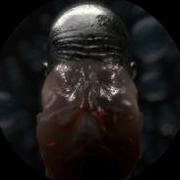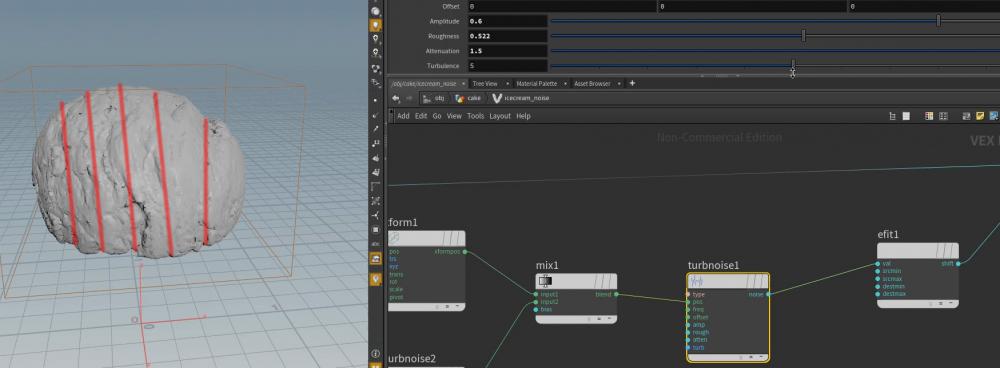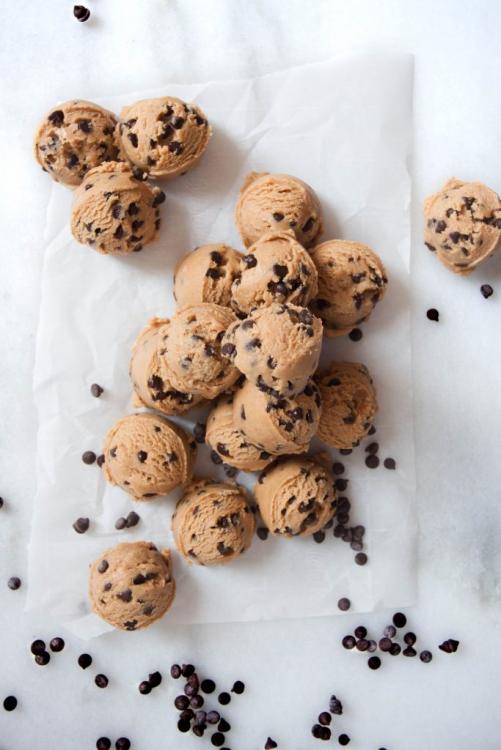Search the Community
Showing results for tags 'cracks'.
-
Hello everyone, Wondering if someone has suggestions on how to achieve this level of details with Houdini? I tried with grains, displacement, geometry, textures... I can't seem to get it to look right. VDB's seem to be quite versatile to achieve some of the general textures and shapes, but the end results is always too round and soft. Looking for: - Fine powder - Sharp cracks and fractured pieces - Mix of smooth and crumbled / rough areas - Small random chunks Are there suitable techniques I am missing or out of luck for this level of details? Thanks!
-
I'm trying to procedurally make scooped ice cream. Everything I've seen uses linear striations by increasing a single axis frequency, but from looking at references there's actually a curvature to the 'cracking' that occurs when you scoop things like ice cream or cookie dough. To get good results the best method seems to be using a vdb/volume vop workflow, so using the normal or predicted uv route doesn't seem like an option? Furthermore being able to offset the poles seems like it'd be useful, so the noise pattern isn't perfectly centered. I feel like pos into something to cylindrically distort what gets sent to the noise node is what I'm aiming for, but I don't know how to execute that or if that's even the right route. I'd appreciate any help! Here's a great example from Rohan Dalvi. But here you see it's actually distorted and 'pinches' or converges at the poles. It may be a small difference but I think it's an important one. And an example for scoops of cookie dough. Cheers, Chris
-
Hey there! I am newer to houdini so this may be an obvious question, but I am currently working with a mesh that i would like to have part of it be a higher subdivided mesh so I can add parts of high detail to the mesh without having the entire thing be made of millions of polys. I was able to get that to work fine but after I subdivide the mesh using a subdivide node the option to close cracks is greyed out and it won't let me close the cracks that are created. Does anyone know why, and how can I use the close cracks function?
-
I have an object shattering using a voronoi fracture, i'm importing it to Maya as an alembic cache but i have to manually select all of the inside faces of the cracks to texture them differently. Is there a way i can select all inside faces on a voronoi fracture object in Houdini to make things quicker? Thanks
-
FX TDs often need to crack, break and simulate buildings, roads and other hard bodies. Raymond Corbett, Houdini Master, provides a straightforward technique for creating an animated fissure and then passing the geometry over to DOPs for simulation in this new online training video. 3.75 hours. http://online.cg-masters.com/videos/software/6





.thumb.png.7c70342c911e75014ef72008c2d7615a.png)

